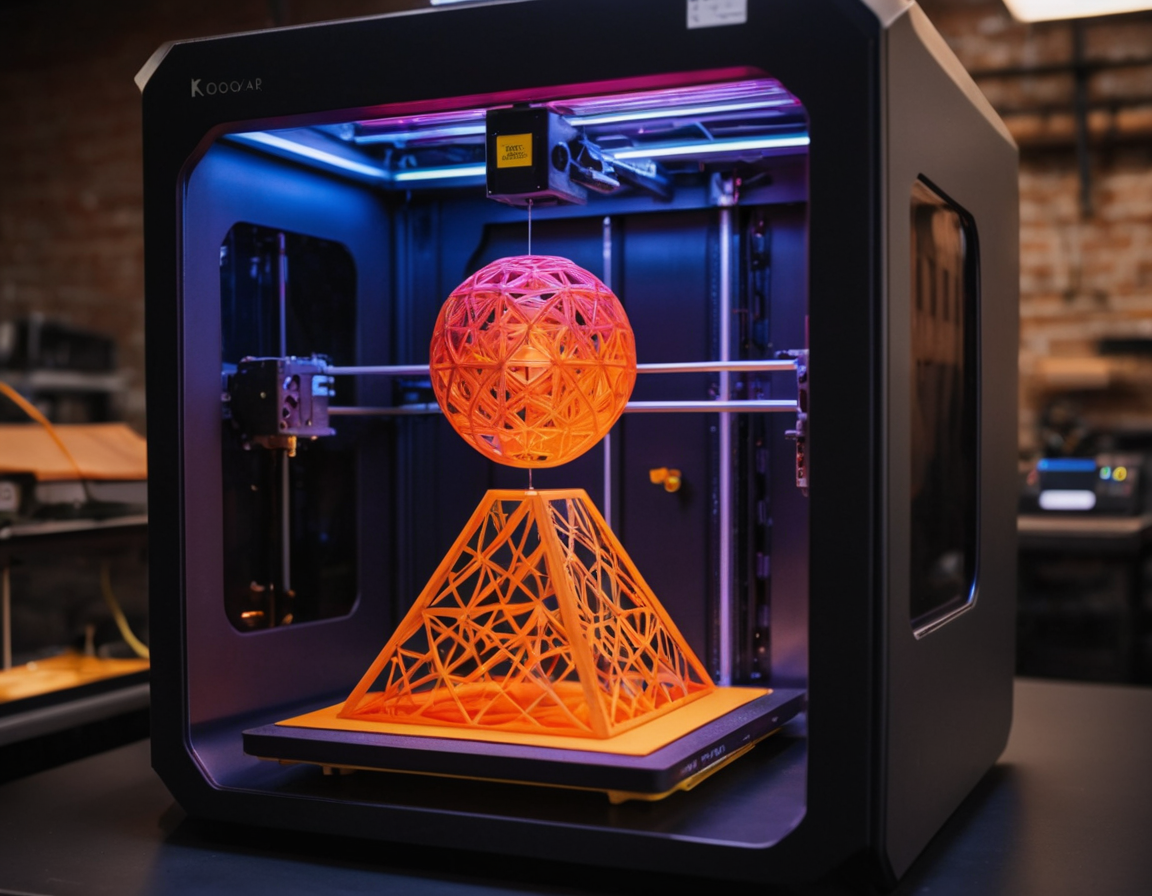The Revolutionary Impact of 3D Printing Technology: Shaping the Future
Understanding the 3D Printing Revolution
In recent years, a transformative technology has emerged, one that is reshaping industries and igniting the sparks of creativity and innovation around the world: 3D printing. This blog post delves into the history, processes, applications, and potential future of 3D printing technology, inspired by an insightful Wikipedia article on the subject.
What is 3D Printing?
3D printing, also known as additive manufacturing, is a process of creating three-dimensional objects from a digital file. Unlike traditional subtractive manufacturing processes, 3D printing adds material layer by layer to form an object. This allows for the production of complex shapes and structures that would be difficult, if not impossible, to create with traditional methods.
The History and Evolution of 3D Printing
The first 3D printer was created in the 1980s by Charles Hull, who invented stereolithography, a technique that forms solid objects by curing liquid plastic with ultraviolet light. Since then, the technology has evolved exponentially with the advancement of new materials and printing processes, such as fused deposition modeling (FDM), selective laser sintering (SLS), and many others.

Applications Across Industries
Today, 3D printing technology has a wide range of applications across various industries. In healthcare, it is used for creating customized prosthetics and surgical models. The automotive sector utilizes 3D printing for rapid prototyping and producing complex parts. Aerospace companies employ the technology for manufacturing lightweight components that reduce fuel consumption and improve efficiency. The possibilities are virtually limitless and continue to expand as the technology develops.

The Future of 3D Printing
As 3D printing becomes more accessible and cost-effective, it is poised to disrupt traditional manufacturing and supply chains. The technology enables localized production, reducing the need for shipping and warehousing, and has the potential to democratize manufacturing. With continued innovation, 3D printing may soon become a staple in homes and businesses, allowing individuals to create customized products on-demand.
Embracing the Change
The 3D printing revolution is not just about technology; it’s about the mindsets and the cultural shifts it spurs. From designers and engineers to educators and hobbyists, the community around 3D printing continues to grow, fostering collaboration, open-source sharing, and sustainable practices. The future of 3D printing holds great promise, and it’s an exciting time to be part of this revolution.
If you’re intrigued by the potential of 3D printing and want to learn more or get involved, join the conversation, and explore the endless possibilities this technology provides. Imagine and create the future!
For further details and a deeper dive into the world of 3D printing, check out the full Wikipedia article.
Do you have any experiences or ideas regarding 3D printing? Share your thoughts in the comments below!






